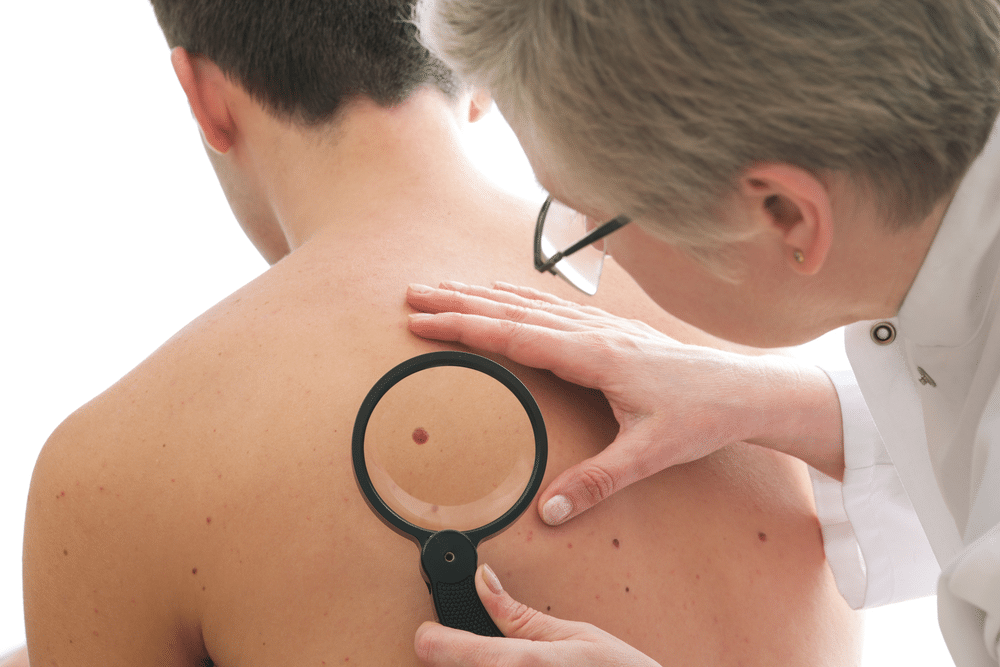Dermatologists perform some of the most personal and meaningful medical services any doctor can. This is likely a big contributor to the growth of dermatological practices in the past five years with industry revenues growing at over 3 percent annually to about $10.6 billion while independent dermatology practices have increased in number annually by over 2 percent.
If you have a passion for providing patients with confidence and essential healthcare as well as a desire for a solid dermatologist salary that tends to fluctuate very little with economic changes on a national level, this career could be for you.
What Is a Dermatologist?
A dermatologist is a medical doctor, so they certainly are earning that dermatologist salary after spending between six and eight years in medical school and working with hospital patients or in a private practice. While most people simply think of dermatologists as the medical doctors you go see if you think you have skin cancer or need a mole removed, there are many skills associated with dermatology that are both essential and often overlooked:
- Basic understanding of comprehensive medical histories
- Use of many medical devices including dermoscopes
- Diagnostic ability Some surgical ability so the dermatologist can perform biopsies if necessary
- Independent cosmetic training
Dermatologists must be able to diagnose and treat more than 3,000 diseases and skin conditions, which makes their training incredibly arduous. Not only do these doctors learn to identify skin conditions like acne, psoriasis, and skin cancer, but they must also be able to diagnose underlying conditions that cause issues that look like these conditions.
A simple symptom like hair loss, for example, can be indicative of a wide variety of other issues, and a dermatologist must have the base of knowledge to diagnose them all. Sometimes, this will involve not just a visual inspection but minor surgery as well.
A Dermatologist’s Training Timeline
Before you can pull in a dermatologist salary, you must put in some long hours. Future dermatologists start with a bachelor’s degree, usually in some sort of science or pre-medical field. Then, they complete medical school like every other medical doctor, spending about two years on the underlying foundation of their education before moving into specialty classes. After graduation, a dermatologist still does not immediately begin raking in a dermatologist salary. Instead, they spend a year in a medical internship and three years focused on on-the-job training as medical residents.
Personality Characteristics
Dermatologists work in one of the most sensitive areas of medicine because the skin, which is the body’s largest organ, is also closely tied to how a patient feels about their appearance. This means besides having good professional training, dermatologists should be:
- Motivated to service
- Highly empathetic
- Emotionally stable themselves
- Committed to lifelong learning
- Good communicators
- Sympathetic listeners
- Solution-oriented
Cultivating these character traits will serve you well if you find a dermatologist salary and career attractive.
Is There a Need for Dermatologists?

There is a growing need for dermatologists in the United States thanks to a growing population of older residents, “baby boomers,” who are experiencing a variety of medical and cosmetic dermatologic issues as they age.
The prevalence of skin-cancer education and prevention programs in the United States also has increased the demand for dermatologists. According to the U.S. Bureau of Labor Statistics (BLS), the demand for dermatologists could grow by as much as 14 percent by 2024. Readers should note dermatology was included in that category because it is a medical profession requiring some surgical skill and medical certification.
Job Outlook for a Dermatologist In 2019

The prevalence of skin cancer alone in the United States makes dermatology a rapidly expanding profession. In 2012 alone, more than 3.3 million people were treated for nonmelanoma skin cancer, and that number increases as the population ages. In fact, according to research published in the Archives of Dermatology, one in every five Americans will develop some type of skin cancer by the time they turn 70.
Although most of these cancers can be effectively treated if caught early, the vital importance of early detection in conjunction with a growing awareness of the threat is creating a surge in demand for dermatologists.
Cosmetic Dermatology
As the field of cosmetic dermatology expands as well, “skincare specialists” working in dermatology practices where they serve the aesthetic requests of patients are finding their skills do not entirely meet demand as patients age. Facials and other treatments continue to rise in popularity, but a practice can more than pay for a dermatologist salary by adding on a full-time cosmetic dermatologist qualified to make recommendations on medical treatments and the ramifications of aesthetic treatments during the same visit.
Advantages to patients include:
- They are already familiar with the practitioner
- They are likely to trust the dermatologist more than they would a new physician or cosmetologist
- They can centralize their skincare in one location
Advantages to a dermatology practice include:
- Adding multiple streams of income to the practice
- Keeping patients’ loyalty by offering in-demand services in a transparent and professional fashion
- Possibly increasing on-staff dermatologist salary thanks to the added revenue
What Is the Average Dermatologist Salary?

The average dermatologist salary may start around $200,000 and go much higher depending on how much experience a dermatologist has and what services they offer. According to the 2017 Medscape Dermatologist Compensation Report, these physicians earn an average of $386,000. According to the BLS, median pay for dermatologists hovered around $208,000, which equates to more than $100 an hour.
However, the BLS does not distinguish in its salary reports between dermatologists and certain other types of physicians, so likely the median salary is much higher. In fact, in 2016, dermatologists self-reported starting salaries as high as $325,000. The year prior, the industry self-reported a median income of $425,509 annually.
With a growing number of dermatologist positions available (in 2017 the industry added over 91,000 new jobs in this field), a good dermatologist salary could be much higher as demand continues to rise.
